How to become a rebreather diver?
This page shows you organisations that provide rebreather training or organisations that provide technical training. Undertaking rebreather training is a completely different procedure than undergoing regular dive training. There are a large number of training organisations worldwide and each of them has its own ‘standards’. Therefore, it is not possible to outline a standard training route. However, there are a number of common factors for the novice rebreather diver to consider. As a starting level, most courses require an experienced open-circuit diver who has experience with decompression diving and often also with nitrox or trimix diving. Another common factor is that training is often “equipment specific”. This means that the training focuses primarily on one manufacturer and one type of equipment. This can be explained by the fact that each rebreather requires specific knowledge of its own equipment during training. Rebreather divers are often also people who maintain the apparatus themselves and have a thorough knowledge of its primary maintenance and operation. Another important characteristic of rebreather divers is that the preparation and execution of rebreather dives is surrounded by a large number of safety factors. Systems are often duplicated (redundant). Within the rebreather diving community there are divers who dive solo, but most use the buddy system. Unlike open-circuit diving, rebreather divers are self-supporting and only fall back on their buddy in an emergency. There is also a big difference between military rebreather divers and civilian divers. Military divers carry out their work underwater using strict procedures. Sometimes, military diving involves dry decompression. In the technical sport diving world, goals are generally of a touristic nature and deco-stops are almost always performed underwater. Experienced divers who start a rebreather training course must take into account that they are in fact learning to dive again because the underwater trimming is completely different from that of open-circuit systems. Also, the dive preparation for deep dives with decompression requires meticulous preparation that, together with decompression planning and gas management, can sometimes take hours. Rebreather diving is not cheap but absolutely worthwhile and it will add a dimension to your life!
An important aspect is that rebreathers must have a CE certificate. This shows that the systems comply with the applicable standards such as EN14143:2013 in Europe. In this way, the manufacturer has shown that it meets the criteria set in the standard. The rebreathers have then been tested to the specified depth. Finally, before diving with rebreathers, it is advisable to check whether your travel or diving insurance covers accidents and, for the bigger adventures, whether treatment in and transport to a decompression facility is part of the cover.
CMAS
Confédération Mondiale des Activités Subaquatiques
The World Underwater Federation was founded in 1959 and by now it comprises over 130 federations from 5 continents. In addition to organizing international underwater sport events it is at the forefront of technical and scientific research and development. It can be associated with elaborating one of the oldest and most extensive dive training systems.
https://www.cmas.org/technique/closed-circuit-rebreather-diver-training-programme
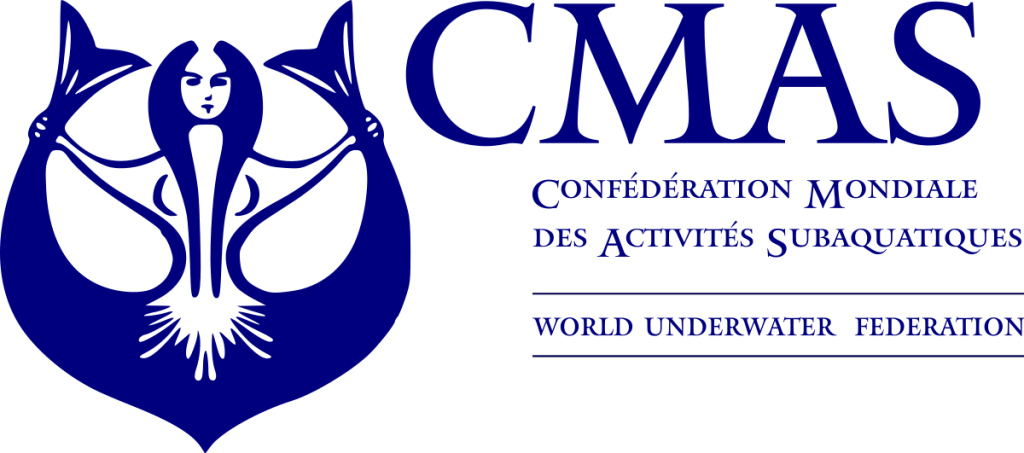
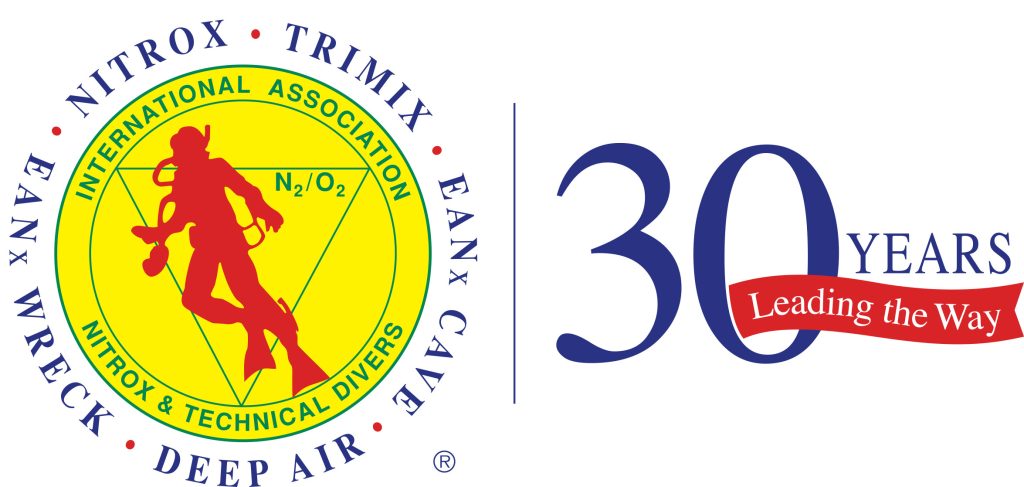
International Association of Nitrox and Technical Divers
We has been at the cutting edge of diver training for more than 30 years. From the first nitrox course in the world to our Tek Lite programs which allow for reduced narcosis in the entry-level tech depth range, through to CCR Cave and Expedition Trimix, we’ve been setting the standard since the very beginning.
We offer a complete range of training courses from Open Water Diver through to Expedition Trimix using both open and closed circuit equipment and a full range of cave diver training programs. Our instructor trainers and instructors represent some of the very best technical divers and educators in the USA and all over the world.
All our programs, from entry level upwards, equip a diver with the skills and knowledge to become a safe, responsible, self-sufficient diver, in depth survival skills mentally and physically. It’s a philosophy reflected in our Open Water Nitrox Diver course – why not start with the safety benefits of Nitrox from your very first dive? – and continues throughout all our training programs.
In 1985, we released the world’s first enriched air diver certification – 10 years before other agencies followed suit. Since then, we’ve stayed at the very forefront of diver education, leading the way so that others may follow.
ANDI INTERNATIONAL
ANDI International (ANDI) is one of the world’s oldest diver training agencies. ANDI introduced training programs for Enriched Air Nitrox ( SafeAir ) diving in 1988. As a natural evolution from SafeAir®, ANDI developed training programs for what has now become known as Technical diving. To meet the demands of our international network of training facilities, in 1999 ANDI introduced a unique methodology for training entry-level divers with the ANDI Open Water Sport Diver program. Since our origin in 1988, ANDI has expanded throughout the world.
ANDI has developed a multifaceted training system with comprehensive programs. These include recreational programs, Technical and Exploration programs, Rebreather training for SCR and CCR systems, Wreck and Cave diving programs, specialty focused training and a full offering of technician and instructor programs. ANDI’s growth throughout the world is due to ANDI’s commitment to quality education, quality training materials and the highest operational standards.
Homepage
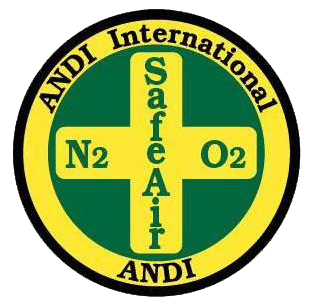
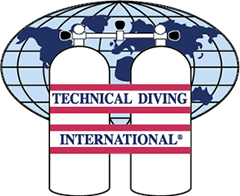
TDI-SDI
INTERNATIONAL TRAINING
From its humble beginning in 1994 to today, the group of training agencies Scuba Diving International (SDI), Technical Diving International (TDI), and Emergency Response Diving International (ERDI) form one of the largest diving certification agencies in the World – International Training.
With 26 Regional Offices servicing more than 100 countries, the company today far exceeds the original vision the founders had when they conceived the idea on a napkin, sitting at a kitchen table in the early 1990’s.
Homepage: link
PADI
Technical Diving allows you to extend your diving beyond recreational “no stop” limits. This allows you to plan longer dives at shallower depths, or to plan dives to more advanced depths and locations. Technical (tec) diving allows you to greatly expand your diving skills and knowledge and can provide you with experiences and exploration opportunities in places very few people will ever see:
- Increased Range – Exploring deeper than 40 metres/130 feet
- Increased Diving Environments – Diving in caves, shipwrecks or other special environments
- Increased Skills – Using specialized gas mixtures and decompression procedures
- Specialized Equipment – Using highly specialized equipment, like a closed or semi-closed circuit rebreather
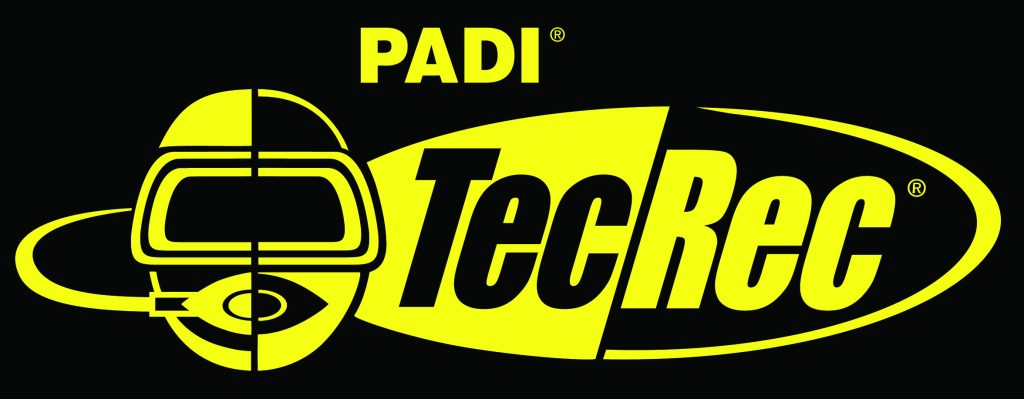
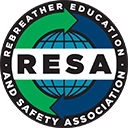
RESA
A not for profit organization consisting of rebreather manufacturers and other similar entities. RESA was developed in order to aid in improving the safety and education in the rebreather industry.
Homepage RESA
IART
IART was founded in 1997 as an international association of rebreather trainers.
IART stands for International Association of Rebreather Trainers. This became necessary because rebreather technology continued to advance during this period and this progress was not taken into account in terms of training programmes on the part of the sport diving associations.
IART has made it its goal to make rebreather diving as safe as possible. Working closely with the manufacturers, IART has provided equipment specific training with detailed manuals and courses where knowledge and skills are tailored to the specific rebreather and level of training.
By now, the IART logo is well known and stands as a sign of quality. If you think you have extraordinary instructor qualities, then IART is the right partner for you and you are the right instructor for us!
However, IART offers even more!
We offer the complete series of Open Circuit Diver courses, starting with the OWND course – Open Water Nitrox Diver through to Advanced Trimix certification. Whichever course you choose to expand your diving knowledge and skills, you will find that IART offers state of the art diver training at the highest level.
Worldwide, IART trained divers are recognised for their expertise – and that’s no surprise. All rebreather manufacturers within RESA (read more about RESA) recognise IART training and our training meets even the most stringent of guidelines, that of the HSE (Health and Safety Executive) in the UK.
Homepage
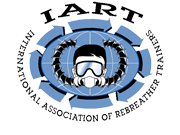

SSI
For more than 45 years, SSI has provided training, scuba diving certification, and educational resources for divers, dive instructors, dive centers and resorts around the world. Started in 1970, SSI has expanded to include more than 30 Service Centers, is represented in more than 110 countries with over 2,800 International locations, and has materials printed in more than 30 languages. SSI is the name to trust in the diving world, and we attribute that success to our uncompromising standards and focused methodology.
DWD – deep wreck diving was founded on October 1, 2005 by Helmuth Biechl. Based on 35 years diving experience and more than 30 years diving education & training according to the standards and guidelines of ANDI, PSAI, CMAS, SSI and PADI, we wanted to create something very special within the diving community. Our objective was to establish a blend of technical diving training facility, expedition to and exploration of deep wrecks as well as deep wall diving in our home waters. These three aspects are the essence of dwd – deep wreck diving.
homepage
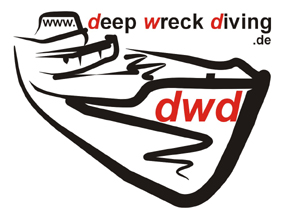

Therebreathersite was founded by Jan Willem Bech in 1999. After a diving career of many years, he decided to start technical diving in 1999. He immediately noticed that at that time there was almost no website that contained the history of closed breathing systems. The start for the website led to a huge collection that offered about 1,300 pages of information until 2019. In 2019, a fresh start was made with the website now freely available online for everyone. Therebreathersite is a source of information for divers, researchers, technicians and students. I hope you enjoy browsing the content!
